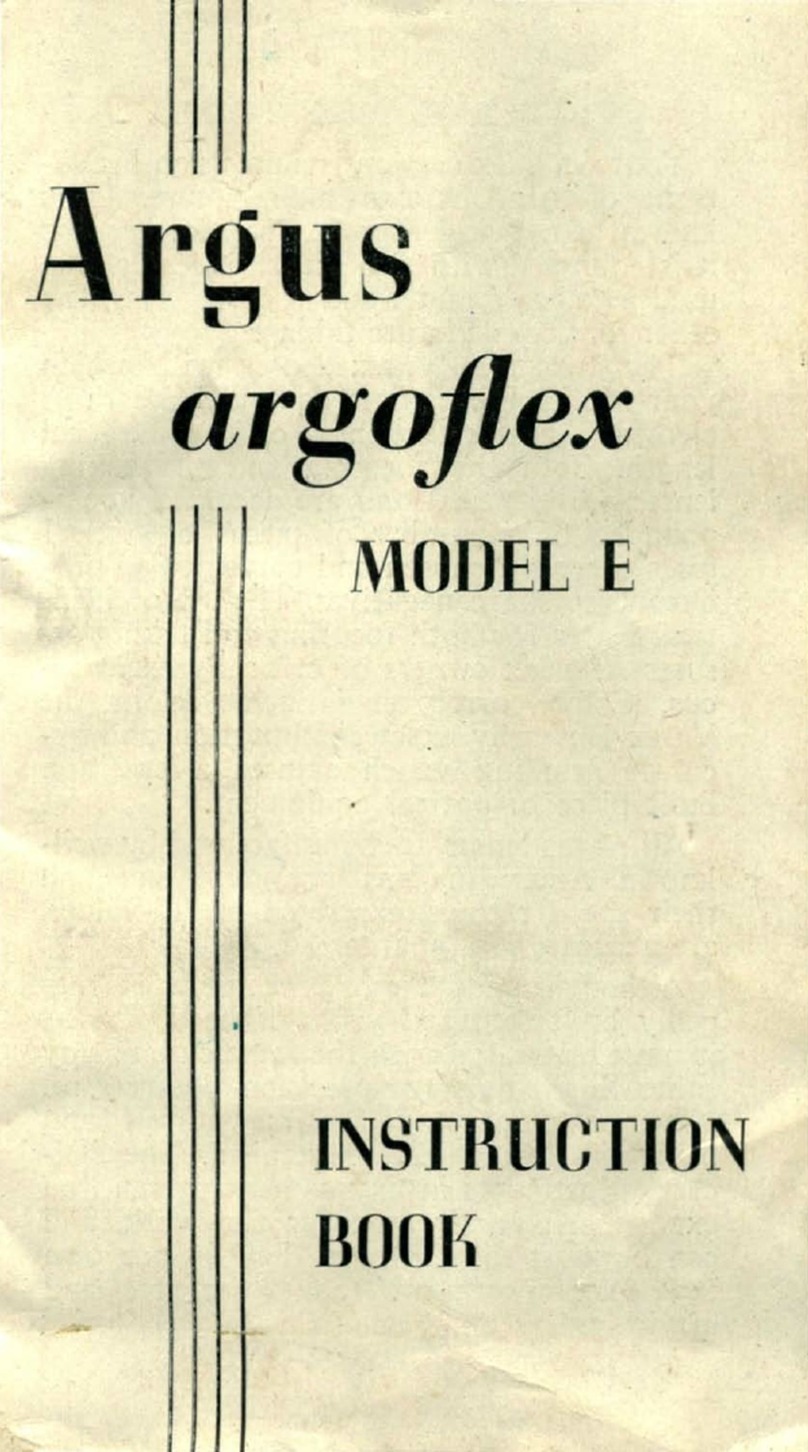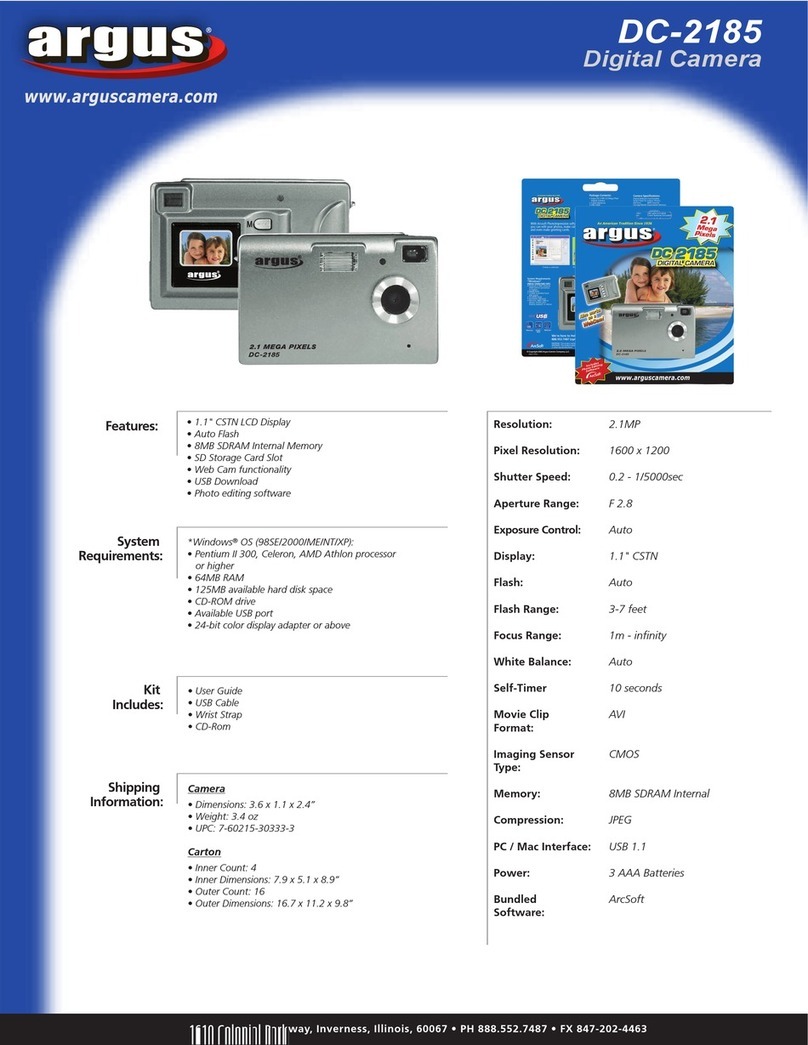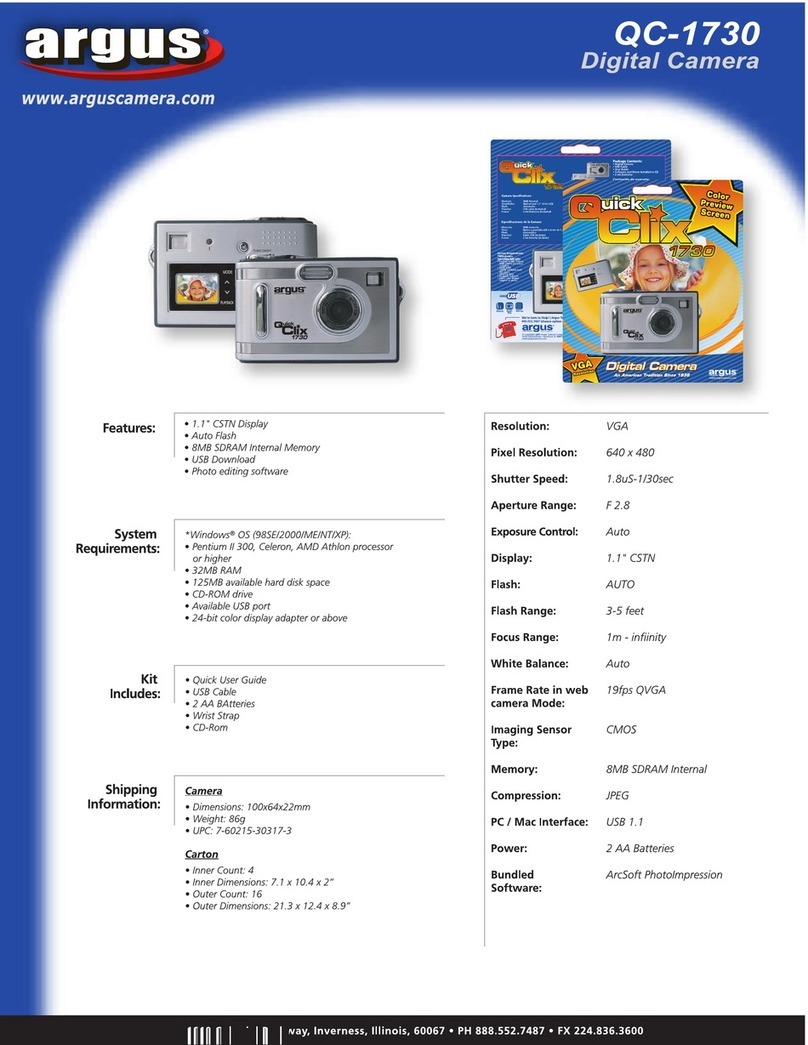Argus C-33 User manual
Other Argus Digital Camera manuals
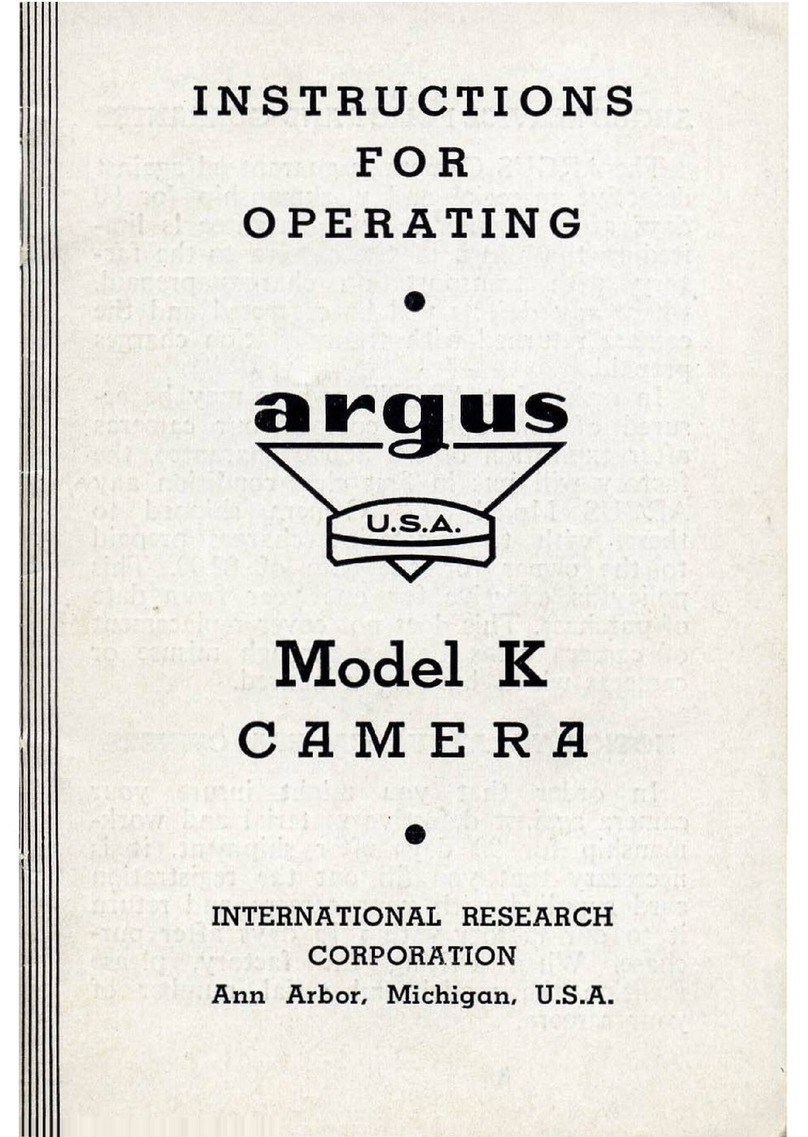
Argus
Argus K Parts list manual
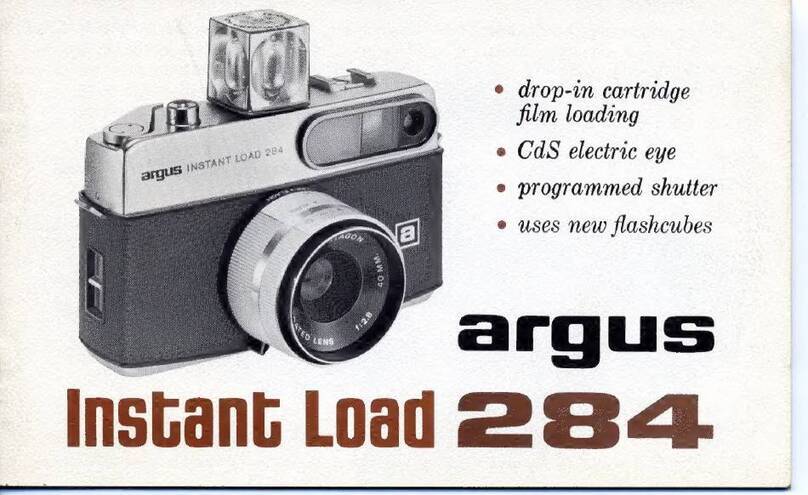
Argus
Argus Instant Load 284 User manual
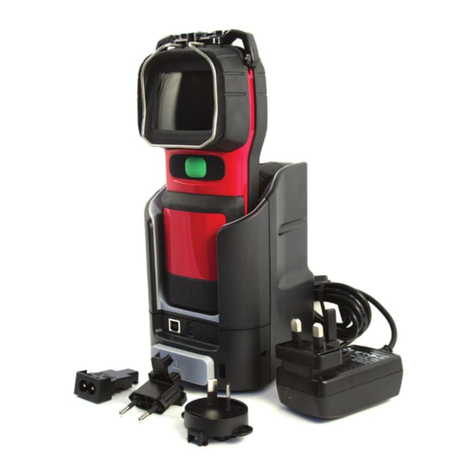
Argus
Argus Mi-TIC Series User manual
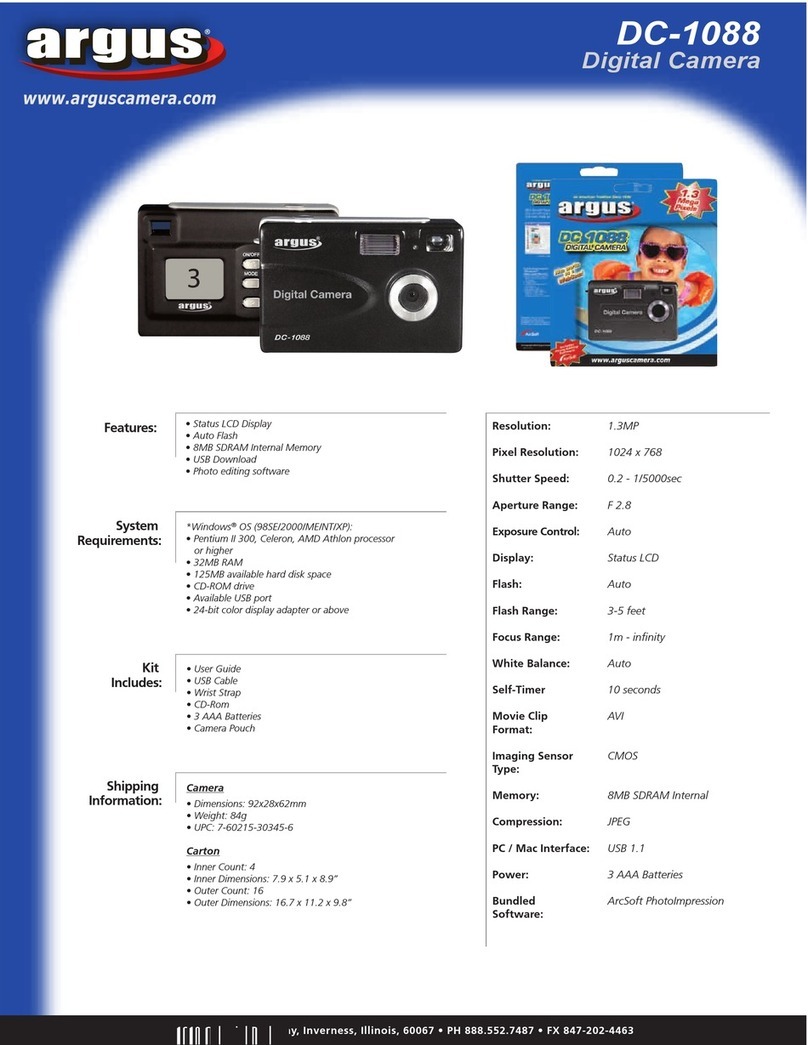
Argus
Argus Argus DC-1088 User manual

Argus
Argus DC2250 User manual

Argus
Argus QC-5340 User manual
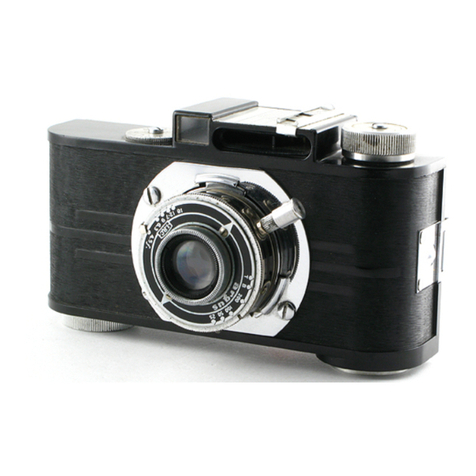
Argus
Argus A2F Parts list manual
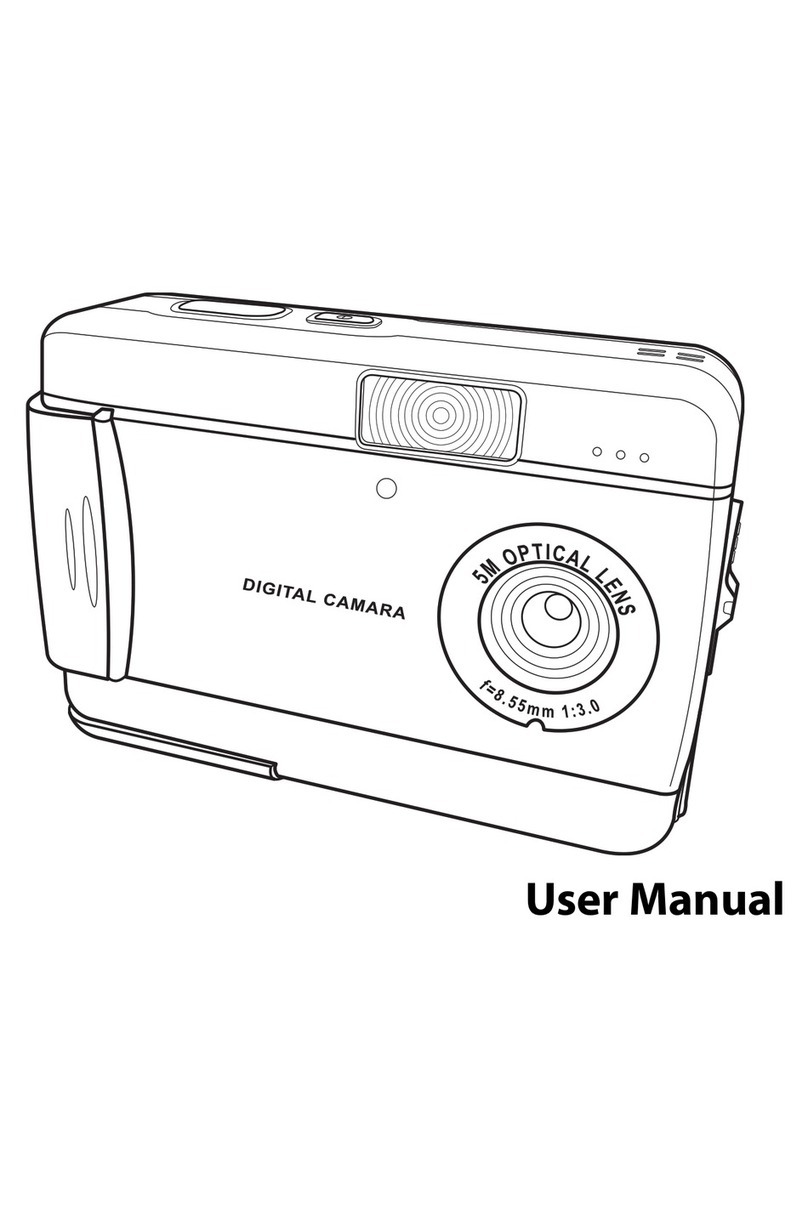
Argus
Argus DC-5150 User manual
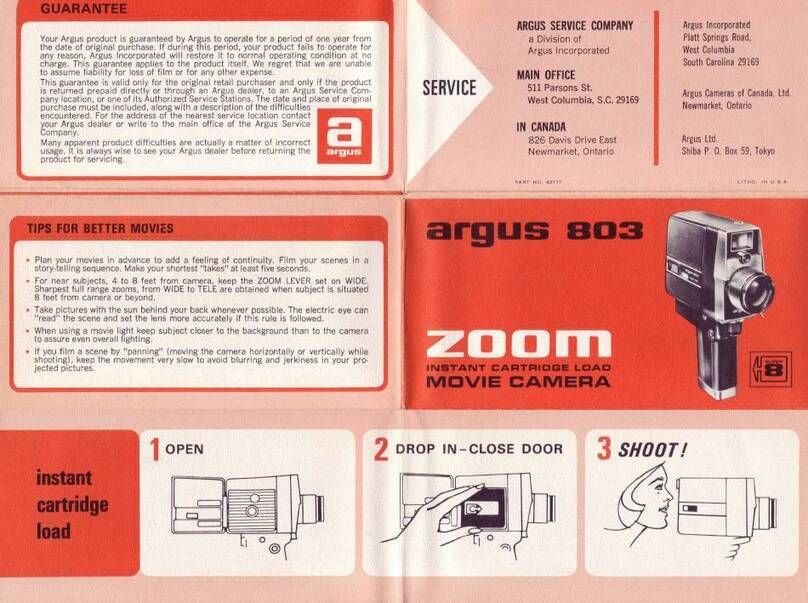
Argus
Argus 803 User manual
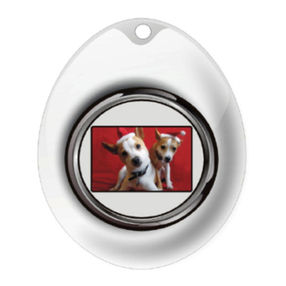
Argus
Argus DCV-011 User manual
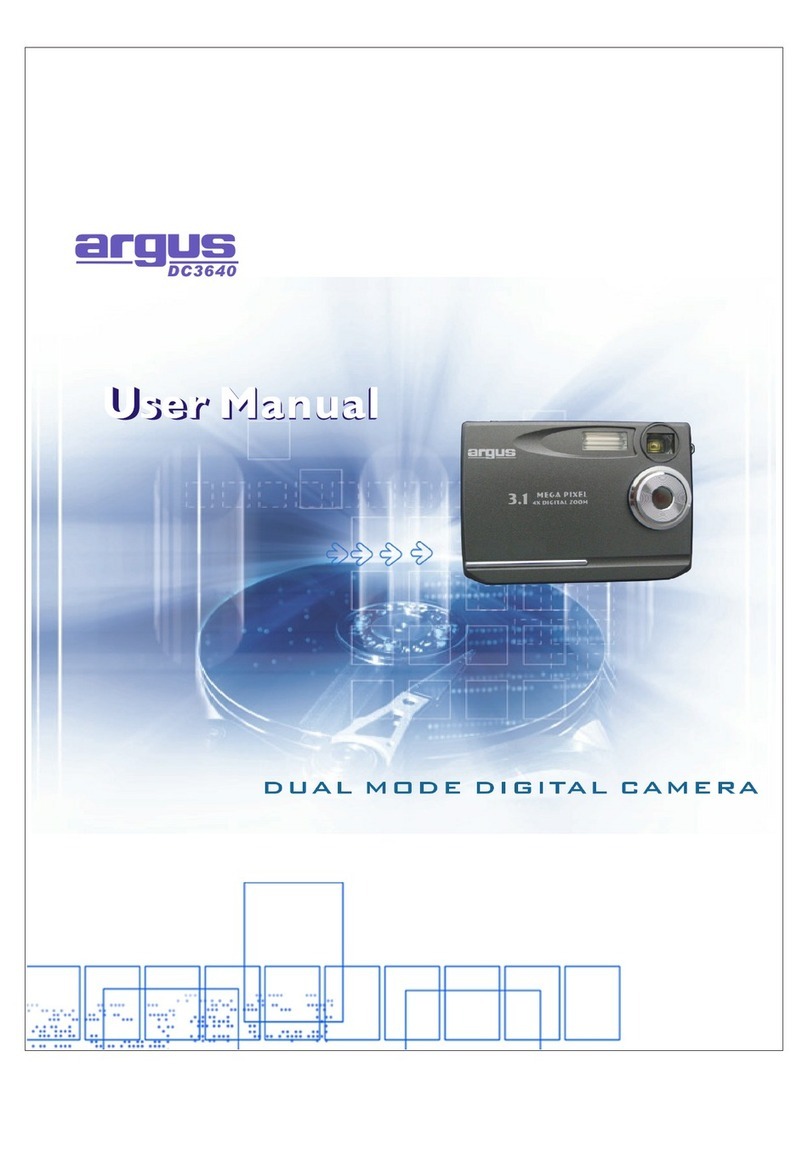
Argus
Argus QuickClix 3640 User manual

Argus
Argus Argus DC-1512E User manual
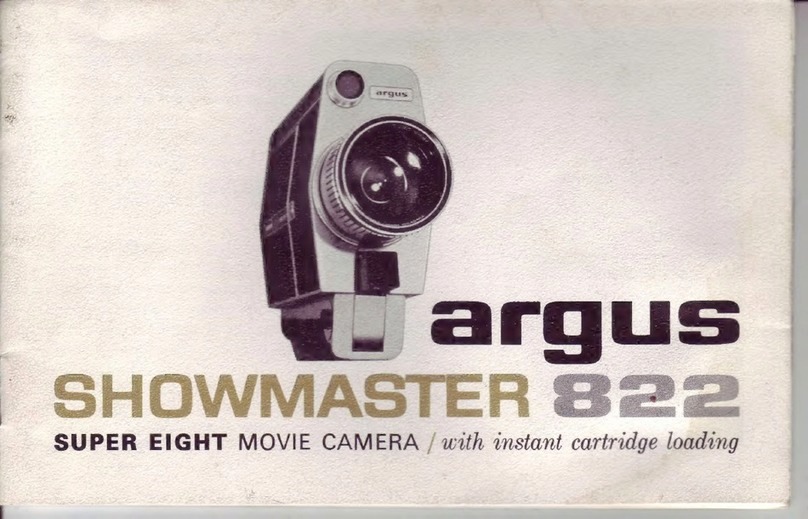
Argus
Argus SHOWMASTER 822 User manual
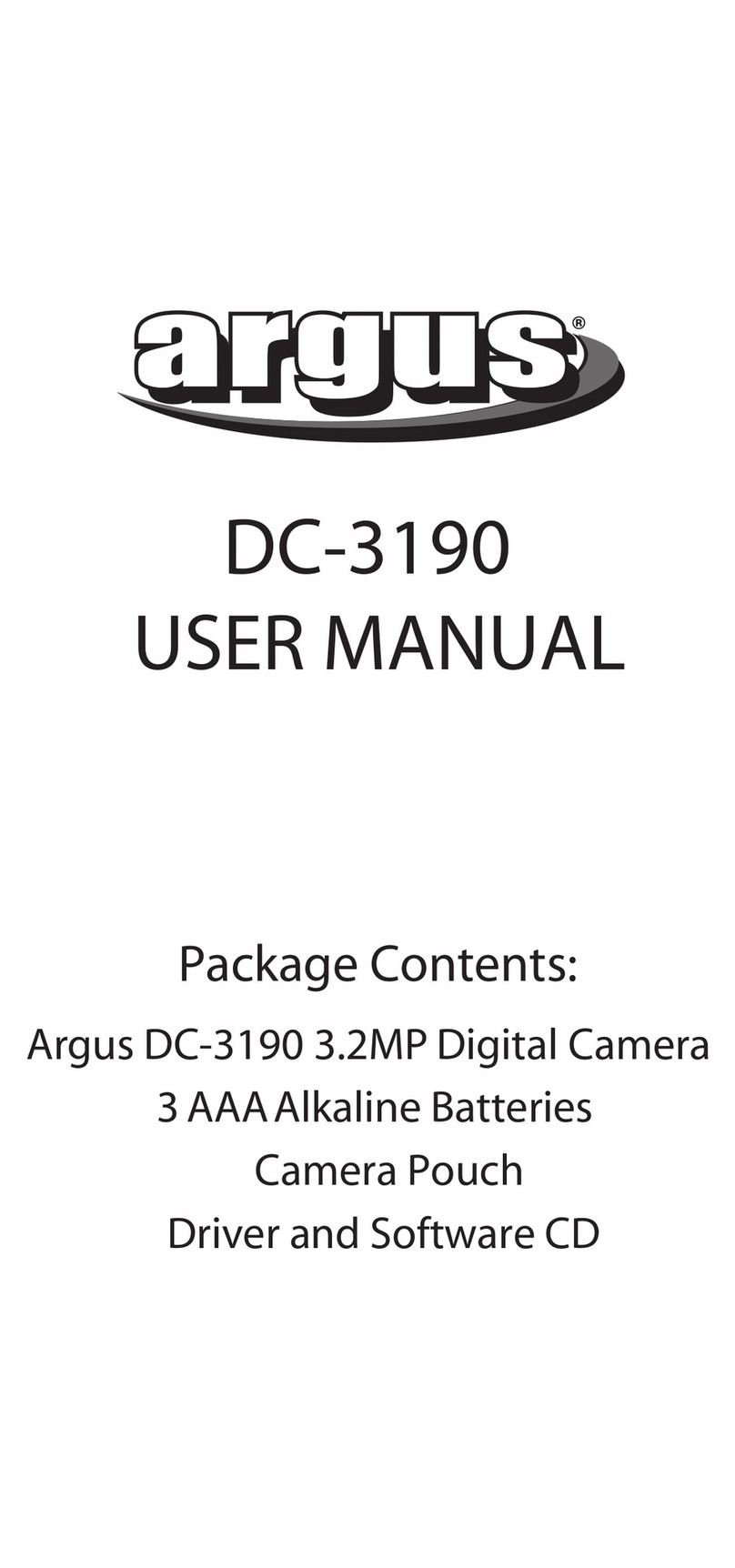
Argus
Argus DC-3190 User manual
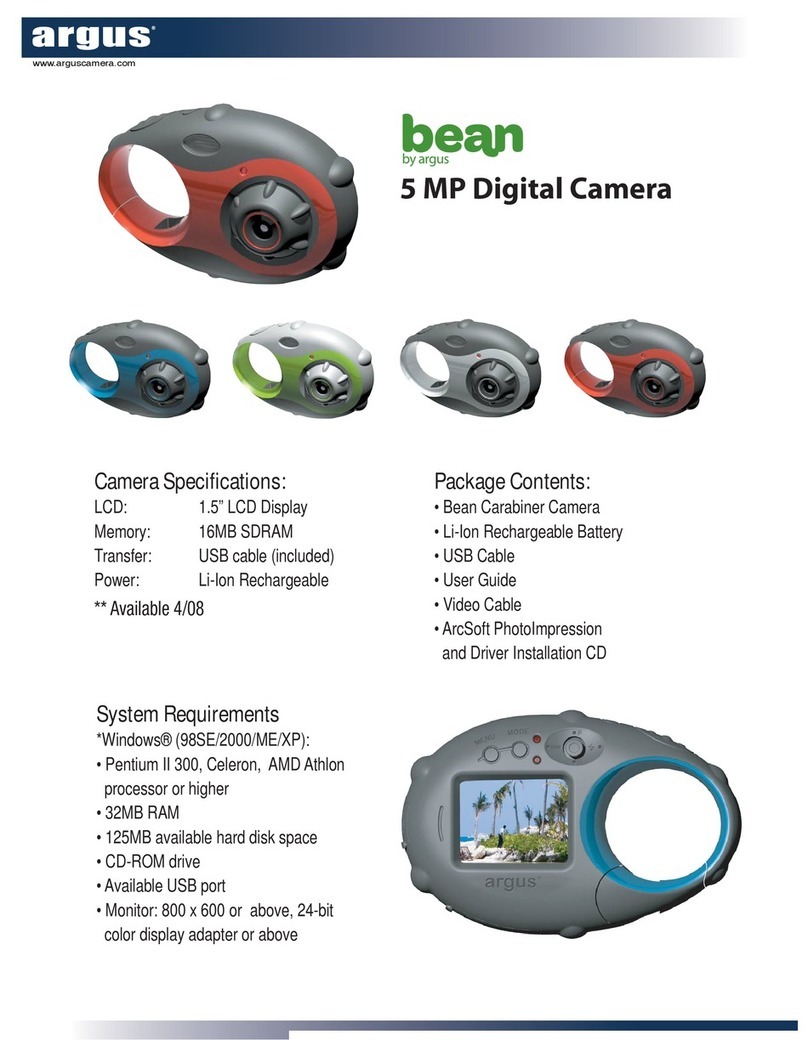
Argus
Argus Bean5 User manual
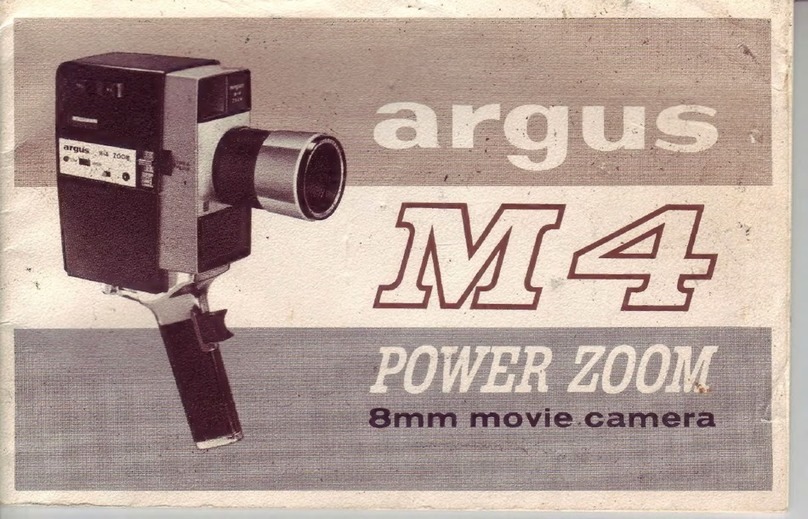
Argus
Argus POWER ZOOM M4 User manual
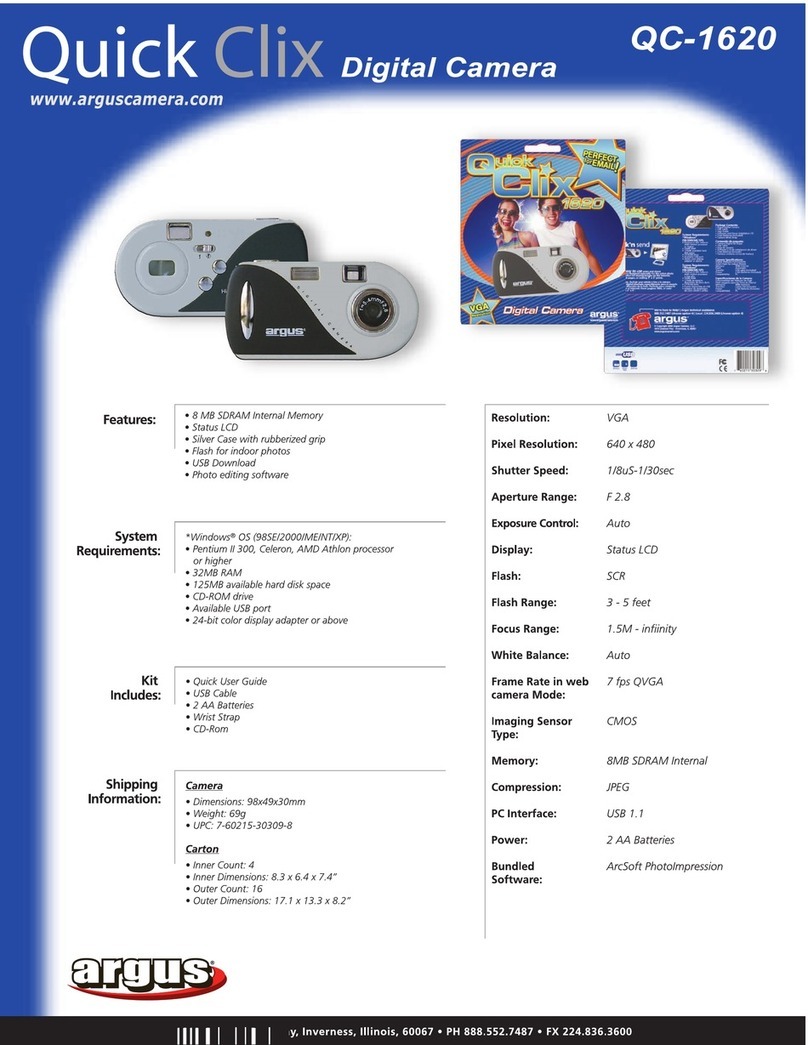
Argus
Argus Argus QuickClix QC-1620 User manual
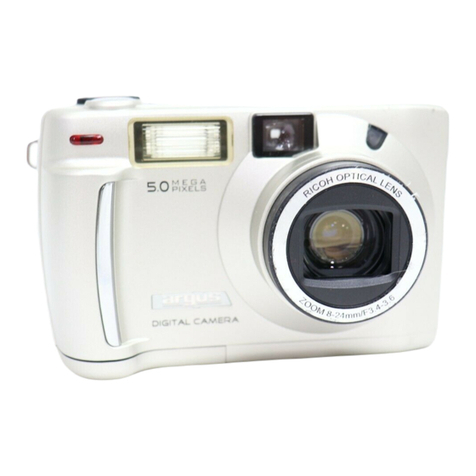
Argus
Argus DC3810 User manual
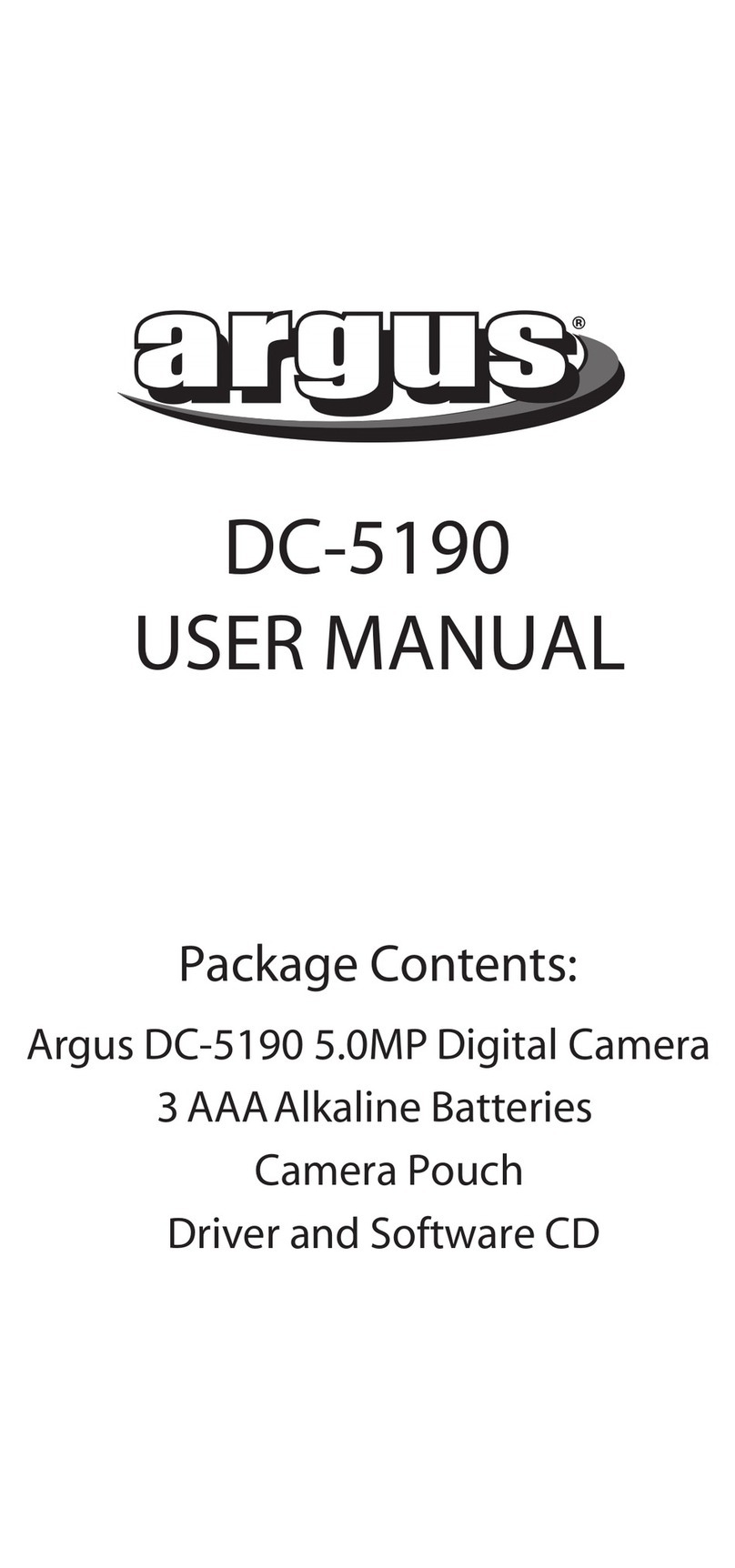
Argus
Argus Argus DC-5190 User manual
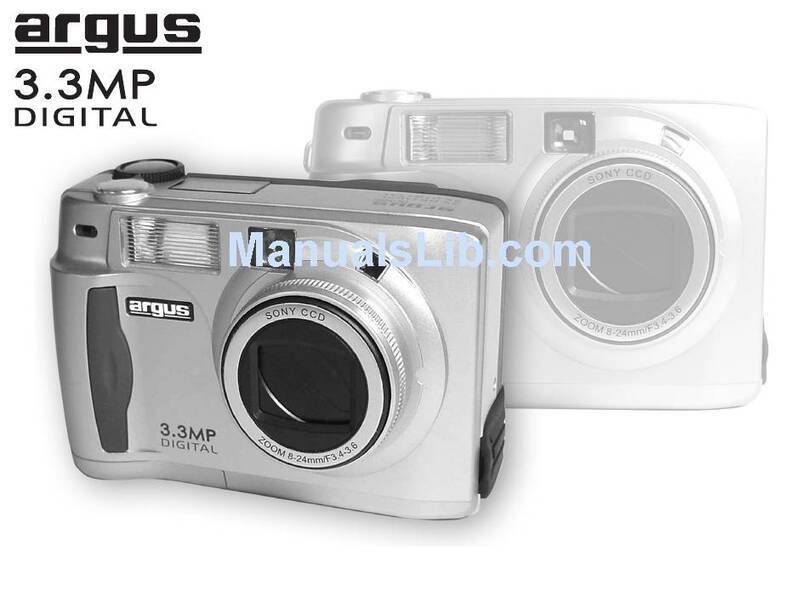
Argus
Argus DC3650 User manual
